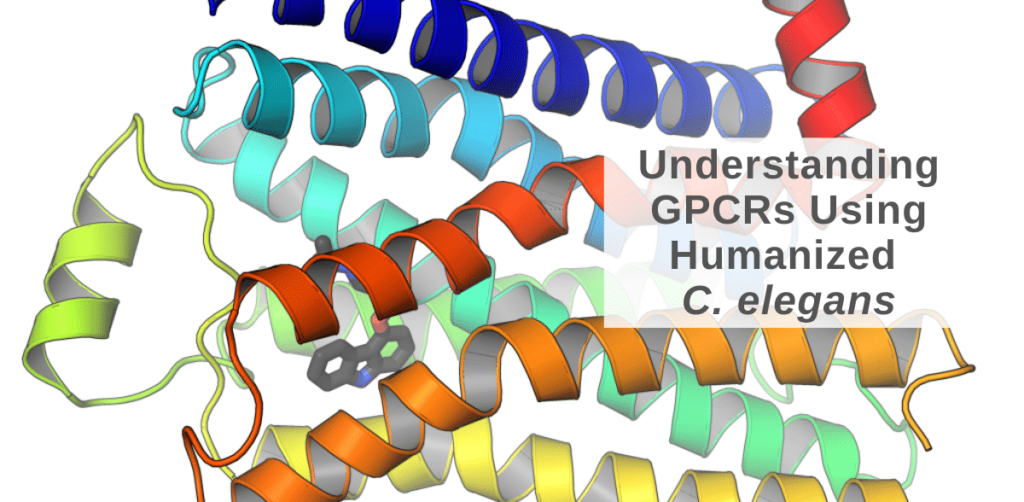G protein-coupled receptors (GPCRs) form a large group of evolutionary related proteins that are cell surface receptors that detect molecules outside the cell and activate cellular responses. The exact size of the GPCR superfamily is unknown, but at least 831 different human genes (or ~ 4% of the entire protein-coding genome) have been predicted to code for them from genome sequence analysis.
GPCRs are an important drug target and approximately 34% of all Food and Drug Administration (FDA) approved drugs target 108 members of this family. It is estimated that GPCRs are targets for about 50% of drugs currently on the market, mainly due to their involvement in signaling pathways related to many diseases i.e. mental, metabolic including endocrinological disorders, immunological including viral infections, cardiovascular, inflammatory, senses disorders, and cancer.
GPCRs, however, is one of the most under-studied class of proteins. Our CSO, Dr. Chris Hopkins recently attended the 1st GPCR conference, DR. GPCR SUMMIT 2020 and presented his talk titled ‘Understanding GPCR Using Humanized C. elegans’. In his talk, he discussed the relevance of using C. elegans as a model organism to study GPCRs and why C. elegans is an ideal model to understand the underlying principles.
Watch his presentation and download the presentation slides HERE.
References:
- G protein-coupled receptor.
- G Proteins and GPCRs in C. elegans Development: A Story of Mutual Infidelity

